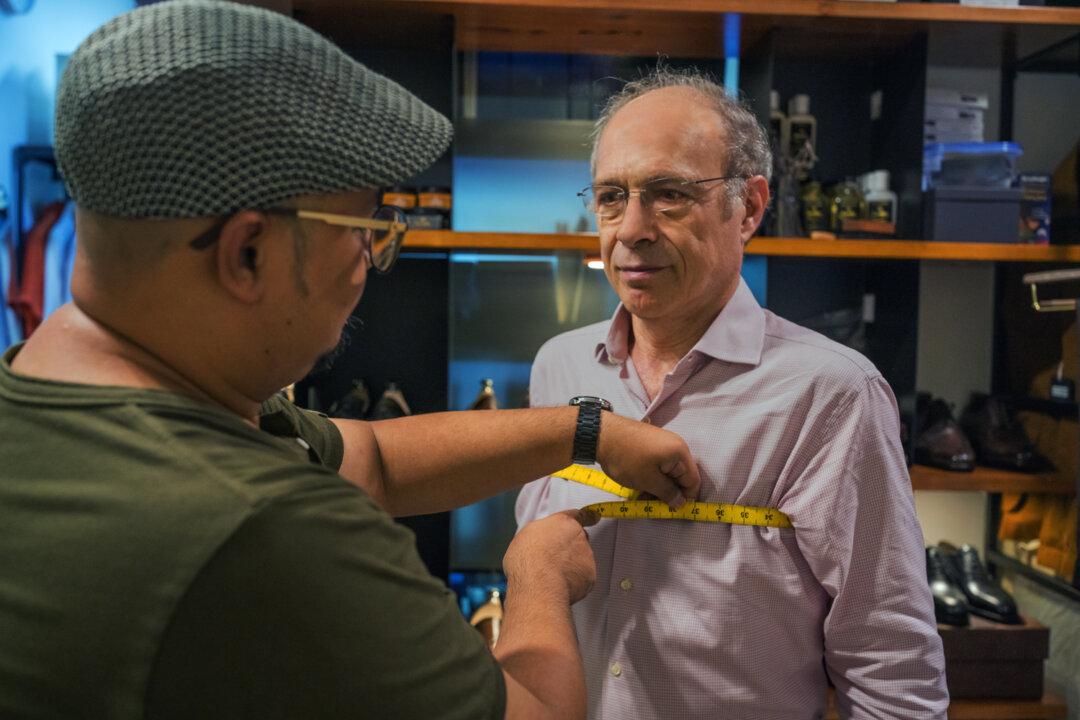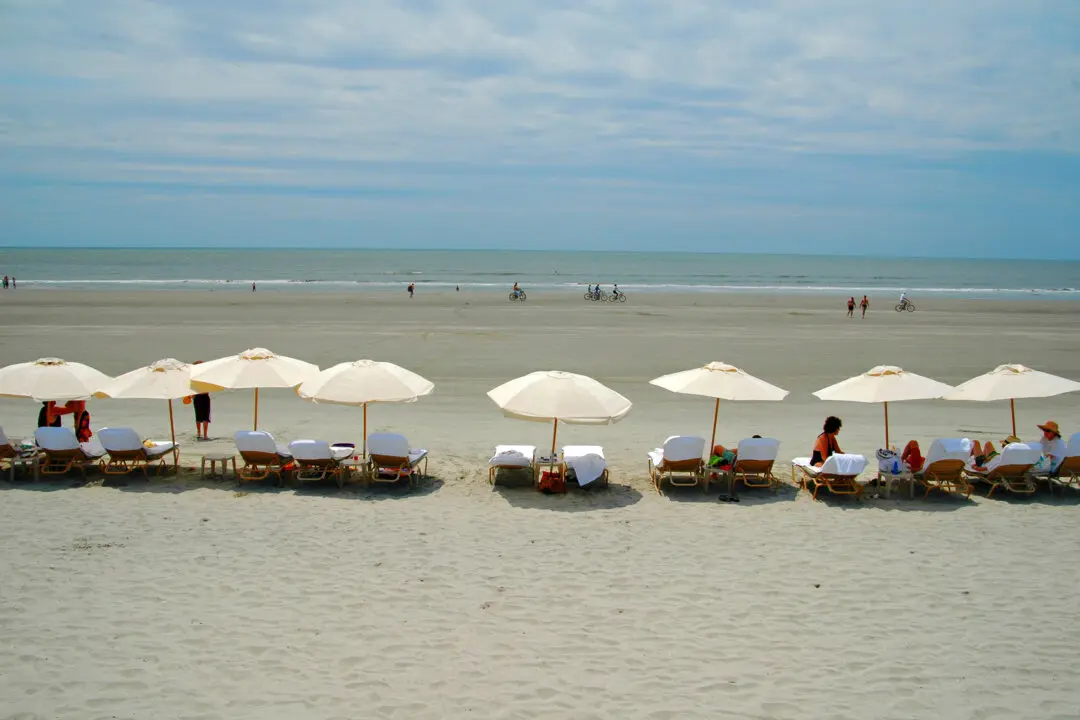For anyone from the West who has not yet traveled to Asia, Singapore is a good starting point. Call it “Asia lite”—a cultural sampler in a clean and safe environment where nearly everyone you meet likely speaks English. The population of 5.6 million fills an island city-state slightly smaller than the five boroughs of New York City. Their numbers, in descending order, include Singaporeans are ethnic Chinese, Malays, Indians, and Eurasians. They are Buddhists, Christians, Muslims, Taoists, and Hindus, and a robust percentage are none-of-the-above.
The island is famously spotless, filled with new office and apartment towers that replace the barely old with the regularity of a new season’s cornstalks. It is conspicuously prosperous: If you are in need of Prada, you are never far from one of the brand’s five boutiques. As in Switzerland, you may get the vague impression your restaurant’s maitre d’hotel is richer than you are.
I arrived on this, my first, visit for an international legal conference. The initial good news was that taxis are inexpensive: I paid less to come in from the airport than I would have to go a couple miles across town in Manhattan, where I live. The second good news was that, because I had troubled myself to join the Leaders Club (admission is free) of The Leading Hotels of the World, I was upgraded at the scrupulously refined Capital Kempinski to a room with a terrace with outdoor seating. My firm got the benefit of having me centrally located at a hotel to which I willingly brought many guests for meals, drinks and tea—and I got that terrace for morning espresso from my Nespresso machine and after-work fine in-room dining.
Although business travel anywhere can be to travel as elevator music is to music, Singapore keeps worthy diversions within arm’s reach. I got in some quality time by focusing on the divergent artisanal crafts of the island, starting on the day of my arrival with an obvious initial destination for a fashion lawyer: a good tailor.
Smartly Cut
Jackson Yeo, clever, trim and convivial, spent about a decade in the corporate world before lighting out on his own, first to retail Italian shoes, soon to expand his business, Yeossal & Co., into classic tailored men’s clothing and accessories. From his small upstairs showroom in a complex outside the city center, he crafts fine made-to-measure garments for customers worldwide. He is known for his polo shirts topped by sophisticated one-piece kai collars—for a bit of casual refinement. I came, however, for one of his other specialties, a classic now back in vogue: Gurkha trousers. They were adopted long ago by the British Army from garments worn by the warrior ancestors of the Nepalese soldiers (Gurkhas) who, to this day, serve in its elite Brigade of Gurkhas. The trousers can be easily identified by their high and continuous waistband (which requires skill to make correctly) and pleated fronts.






